Highlighting "The Highlight"
A Look at Justin Gaethje's Unconventional Wrestling
Highlighting “The Highlight”
A Look at Justin Gaethje’s Unconventional Wrestling
Fifteen years since becoming the University of Northern Colorado’s first modern D1 All-American wrestler, and in the wake of the growing program’s crowning of 2 new Big 12 Champions en route to the NCAA Championships later this month, it’s finally time to discuss Justin Gaethje’s wrestling. While much has been made of his accolades scholastically and collegiately, equal or more discussion has centered around his apparent unwillingness to utilize his wrestling foundations in the MMA context we’re surely all familiar with him for.
“The Highlight” himself has publicly derided the cardiovascular tax of wrestling in MMA, and prefers to delegate his moments of explosive athleticism solely to striking. He’s not wrong either, wrestling offense requires a lot of energy, so too does exploding up to your feet should you be taken down. The economy of motion, or the efficient allocation of energy, is one of my most-prioritized aspects in the analysis of any sport but especially combat sports. Therefore, I cannot argue against the merits of Gaethje’s approach, especially considering the possible benefits of allocating more energy to strikes that have a higher probability of ending a fight. However, what if I were to tell you that Gaethje has actually been using his wrestling effectively in support of his striking all these years?
You’d probably respond with some derivative of “nuh uh” or “you’re crazy”, but it’s true. While Gaethje doesn’t augment his striking with level change feints or the threat of the takedown necessarily, it’s his clinch game that melds the two facets of his skillset so well. First, let’s discuss Gaethje’s wrestling style as a wrestler before turning our focus to its application as a fighter.
Justin Gaethje: The Wrestler
As someone who has watched through a number of Gaethje’s collegiate wrestling matches (and read about the ones I couldn’t find), I feel decently qualified to analyze his skillset in the world’s oldest sport. Unlike his two-time adversary Jordan Burroughs, Gaethje’s style wasn’t built around explosive blast doubles or high-output offensive wrestling. Nor was it centered around funk or finesse, he wasn’t a mat-wrestling wizard a la Spencer Lee or even necessarily a defensive stonewall like Kyle Dake. Rather, Gaethje’s wrestling followed one of the more classic American folkstyle archetypes: heavy-on-the-head and predicated on tie-ups.
(Gaethje, left, catches a collar tie and converts to a heavy snapdown)
Gaethje’s approach focused on one of the most fundamental concepts of wrestling. Weight manipulation. Through heavy-handed clubbing collar ties, Gaethje afforded himself a measure of control over opponents’ posture and positioning, and to this end played off of a series of snapdowns and shots on position-correcting opponents. Often, Gaethje would use the misdirection of back-and-down weight manipulation to pursue his up-and-forward offensive shots. For example, off the snapdown he would frequently look for ankle picks or sweep singles as his opponents’ looked to get back up. Effectively, if he’d get your weight moving backwards, he’d attack the light lead leg; if he’d get your weight coming forwards, he’d attack your weaker backwards balance. Classic stuff.
Additionally, this traditional style of contact heavy wrestling works similarly on defense. Defensively, Gaethje’s tie-ups would transition to downblocks, underhooks, or whizzers. One of the more versatile applications of this principle of weight manipulation is the sense of proprioception and kinesthesia afforded by it. The tie-ups provide a measure of control, but they can also act as a sort of antennae signaling when and what an opponent is trying to do. As opponent’s would swim their own collar ties, Gaethje would often transition to an overtie and an inside tie on the shoulder/biceps. In doing so, he’ll have anticipated the offense of the opponent and given himself preemptive frames and chest separation.
Hopefully, this brief discussion on Gaethje’s folkstyle roots has already elucidated their rudiments in the aims of clinch fighting. However, even if they’ve not, we’ll dive a bit deeper.
Justin Gaethje: The Fighter
Going back to his earliest days of fighting on the regional scene, Gaethje was actually a much more insistent and offensive wrestler, having ended fights by slams and TKO’s off of heavy takedowns. However, in his maturation and to the earlier point about energy expenditure, it was sometime before his WSOF (now PFL) tenure where The Highlight was born. Opting to trade in his clubbing collar ties for crushing overhands, Gaethje developed into a pressure heavy pocket boxer. However, one element was consistent across his transition: the tie-ups.
To the point of Gaethje’s effective blindness prior to corrective surgery in 2016, his “eye” for distance and range was almost nonexistent. Effectively, he’d have to try and get his hands on opponents to really know where they were. While this description of his eyesight and approach might seem a bit hyperbolic, I encourage any readers to watch back some of his WSOF fights to see what I mean. To this end, the majority of his entries were often characterized by reaching for collar ties. Once connection had been established, he would even throw his thudding leg kicks from the clinch in concert with uppercuts and rear hooks. While this made for frenetic wars, it was under the continued tutelage of Trevor Wittman where he’d grow by leaps and bounds.
Following the corrective eye surgery and an insistence on boxing fundamentals, Gaethje seemed to display an additional layer of counterpunching and mid-range striking against the likes of Donald Cerrone and Tony Ferguson in his maturation as an elite fighter. Yet, one of the better elements of his game was the interplay of his distance striking and his clinch striking. As his jab developed even further, he’d often find success by leaving it out and converting to a collar tie, from where he could slam home his uppercuts and rear hooks before breaking away. Additionally, he’d leverage his newfound eye for distance and counters to slip his way in and capture collar ties as opponent’s threw on him. Thereby creating a bit more of a nuanced dynamic. In my opinion, this is the singular most important aspect of Gaethje’s game as an elite-level fighter.
Gaethje’s “dirty boxing” is amongst the best in the sport, and it’s with these clinch strikes where some of his most devastating offense has been born. This is, again, the effect of manipulating the opponent's weight. The collar ties afford him an incredible amount of control, due to his years of wrestling, and he’ll often force an opponent’s weight forwards and onto their own lead leg. This effectively freezes a target for his uppercut or even the rear leg kick he loves in the clinch, until which point they’re able to correct their weight and posture. However, Gaethje’s clinch striking isn’t exactly one-note in nature. As we saw this past weekend against Rafael Fiziev, Gaethje can still play off the misdirection in weight expertly.
Against Fiziev, he found some of his best success in recent years and highlighted the importance of his clinch striking game. Having nearly finished Fiziev with an uppercut in the clinch in Round 2, Fiziev was cognizant of his posture inside from then on. However, there was a moment in the 3rd where Gaethje capitalized on this. Fiziev, heavy on his own collar tie, had made every effort to not concede his positioning in the clinch, and Gaethje in response was forced to dig an underhook on the far-side and control Fiziev’s overhooking wrist. Recognizing this battle over weight, posture, and position, Gaethje tapped into a bit of what made him a Top-8 finisher in the 2010 NCAA Tournament. In a moment of what I consider brilliance, Gaethje converted his shallow underhook into an inside tie on the upper arm of Fiziev and transitioned his wrist-controlling hand into an overtie, creating just enough space with these frames to throw a high kick on the upright Fiziev.
While many fans and pundits alike will mock Gaethje’s lack of wrestling in MMA, I think it’s fair to say that they don’t fully understand the principles of wrestling at play. Could Gaethje benefit from incorporating the threat of the takedown in some of his fights? Maybe, probably. But wrestling isn’t as simple as “shooting” on offense or “sprawling” on defense. Wrestling is about fundamentals, it’s about principles. It’s not something to reduce down to just surface-level observations of single legs and double legs. Wrestling is nothing if not the art of manipulating weight, and I hope I’ve laid out exactly why Justin Gaethje is such a master of that art in MMA.
Side note: the first time Gaethje and Fiziev fought, Gaethje’s alma mater University of Northern Colorado crowned its first ever NCAA Division I champion that same day in Andrew Alirez at 141. 13 years after Gaethje himself had become their first modern All-American. Additionally, this time around they won Big 12 titles at 133 and 157 (Gaethje’s own weight class) the very next day en route to the NCAA tournament. I just think that’s a fun coincidence in context! Also, the NCAA Championships are March 20-22, and I encourage everyone to try and watch them!





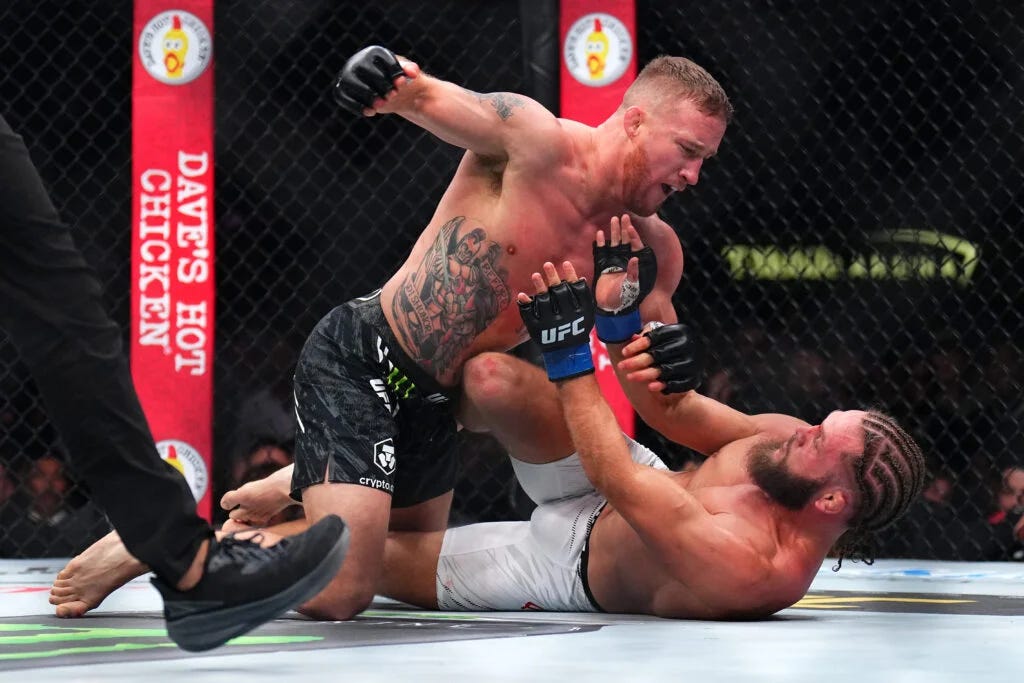
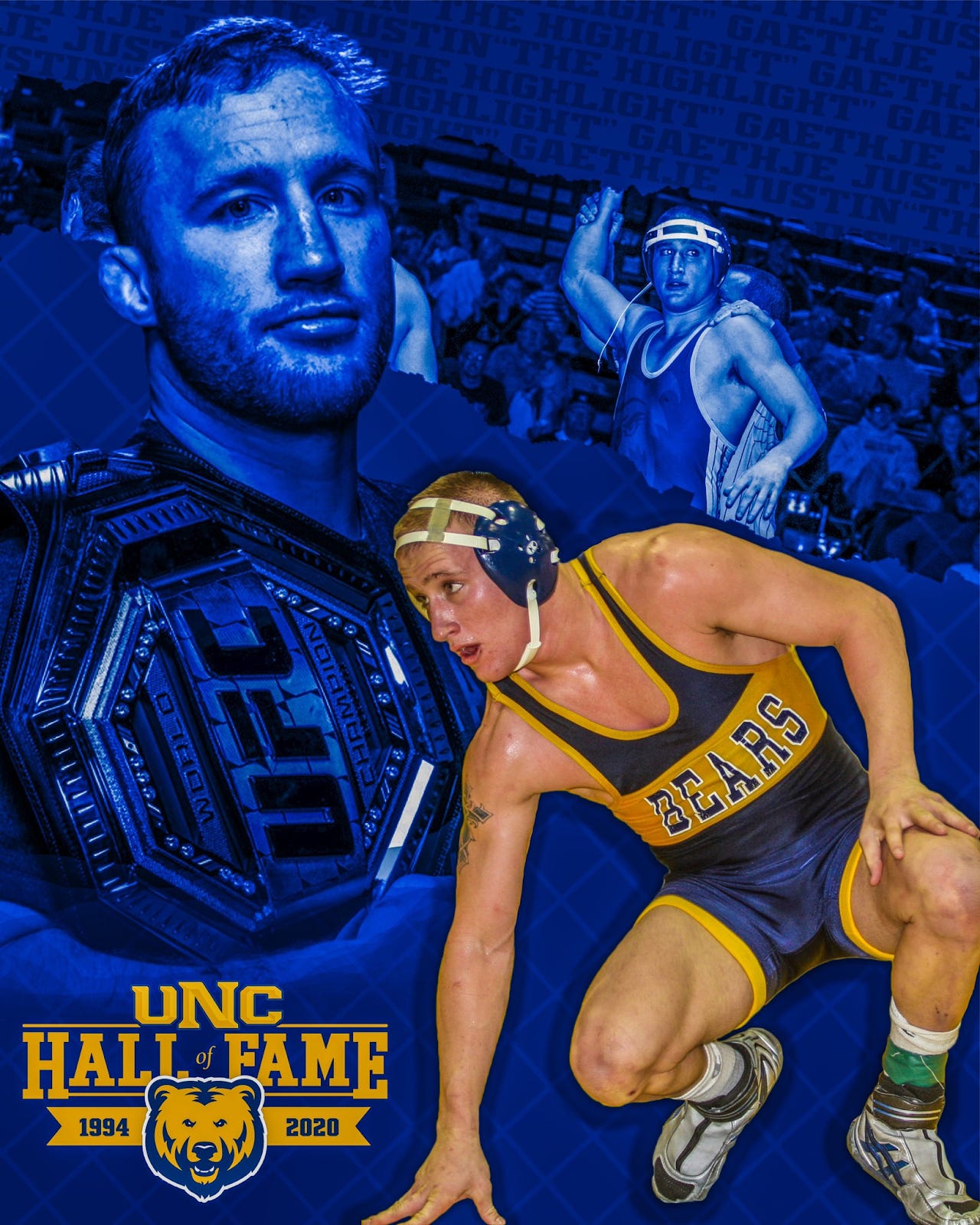
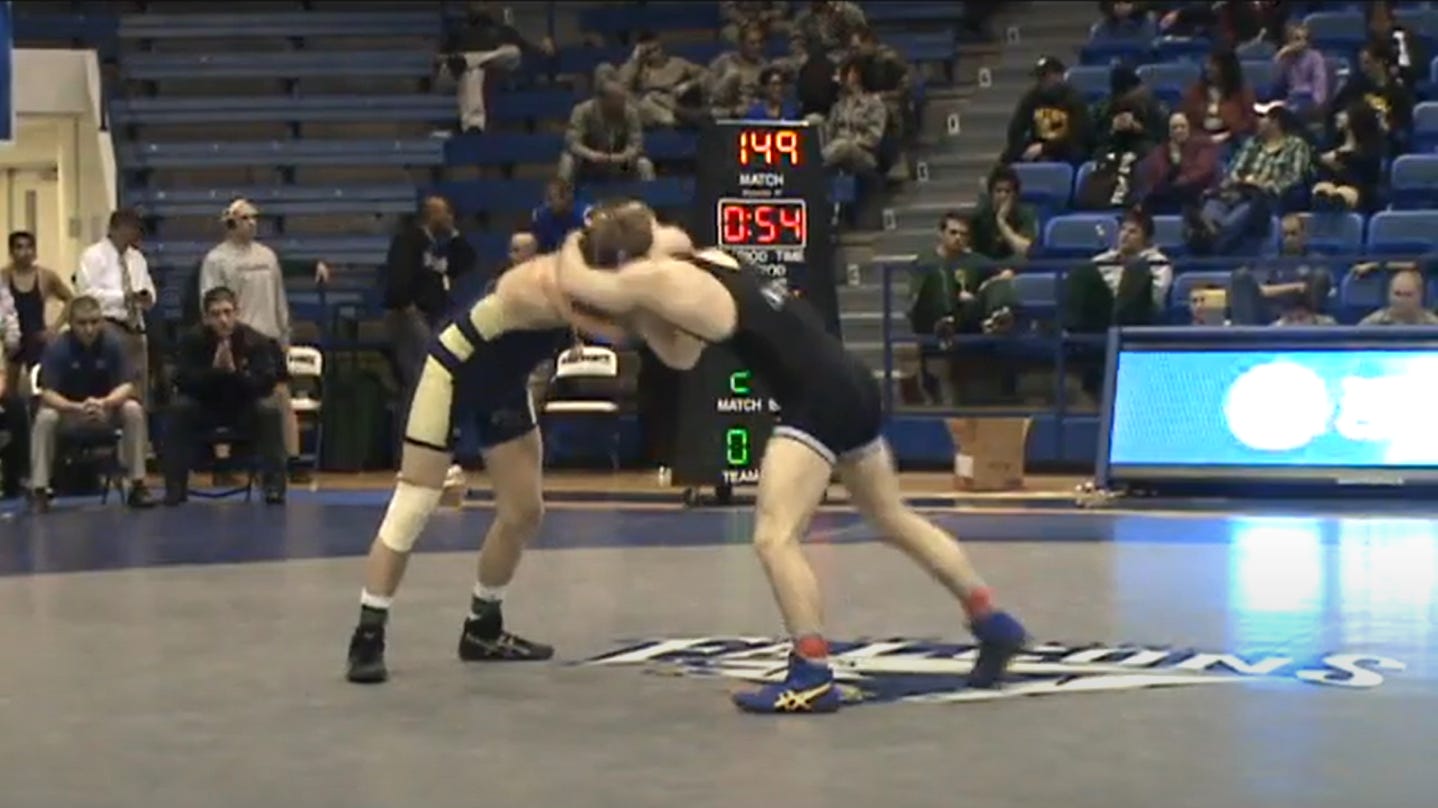
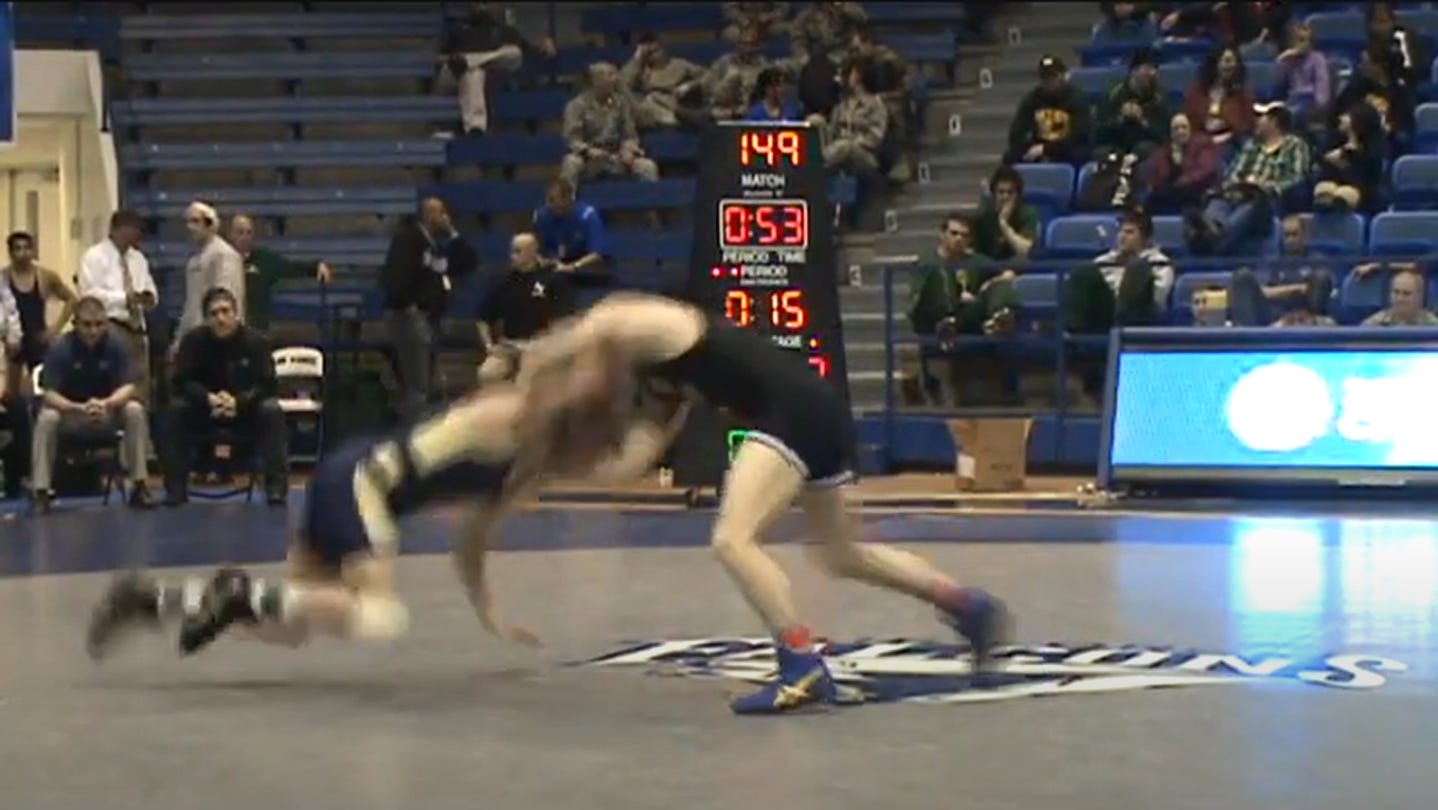
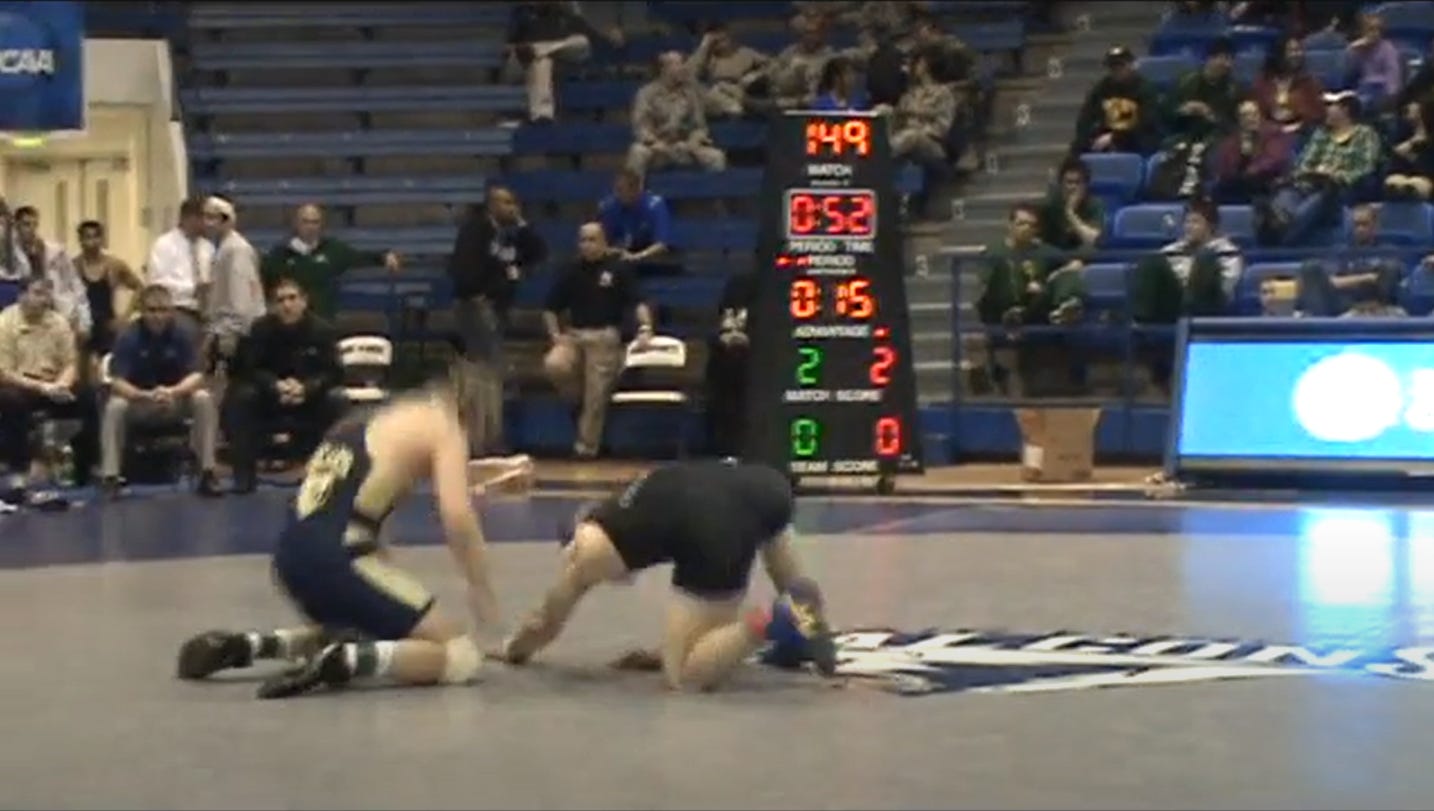
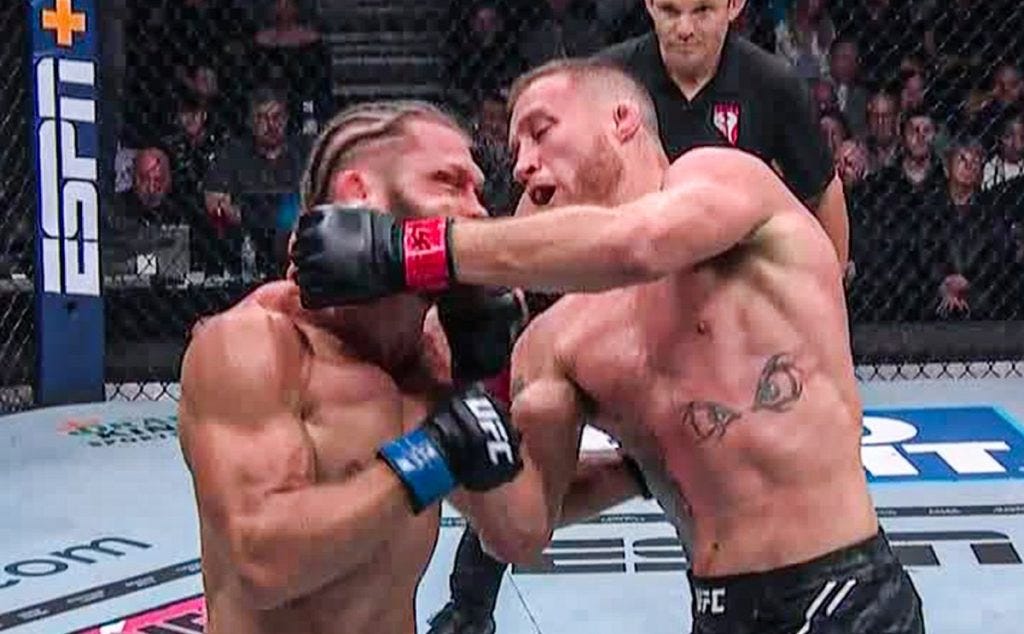

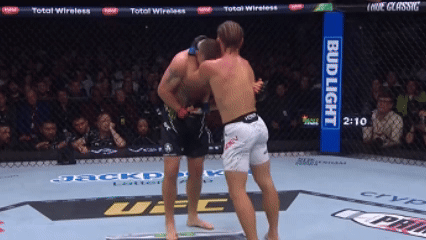
After reading this I watched the Khabib fight again. Gaethje was doing everything he could to keep Khabib away from him. I wonder if the fight would have gone differently if he embraced his dirty boxing a bit more.